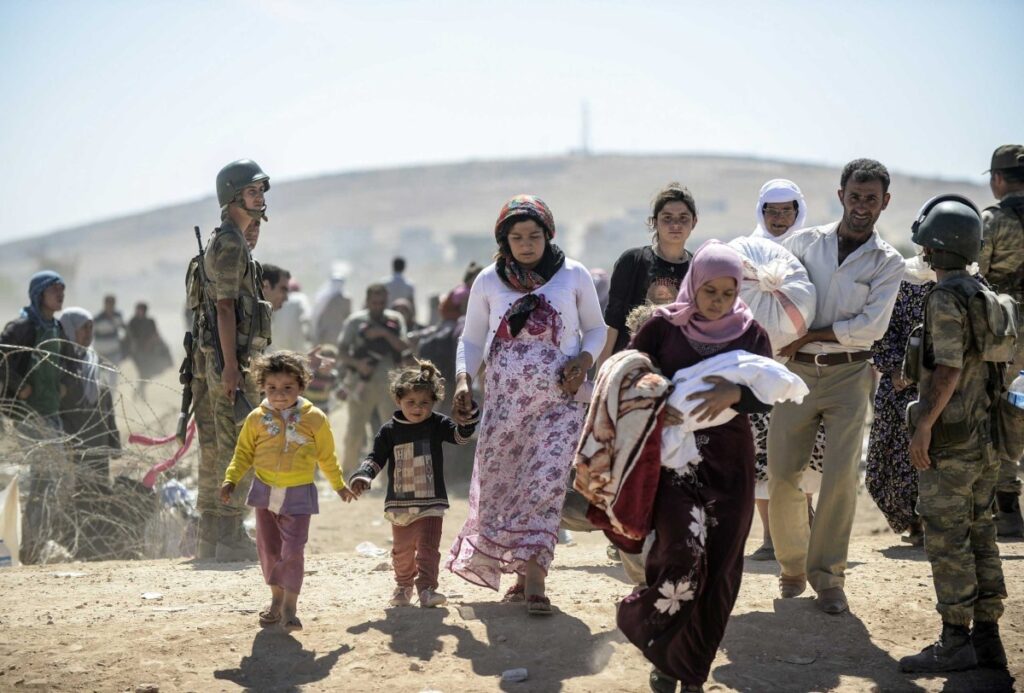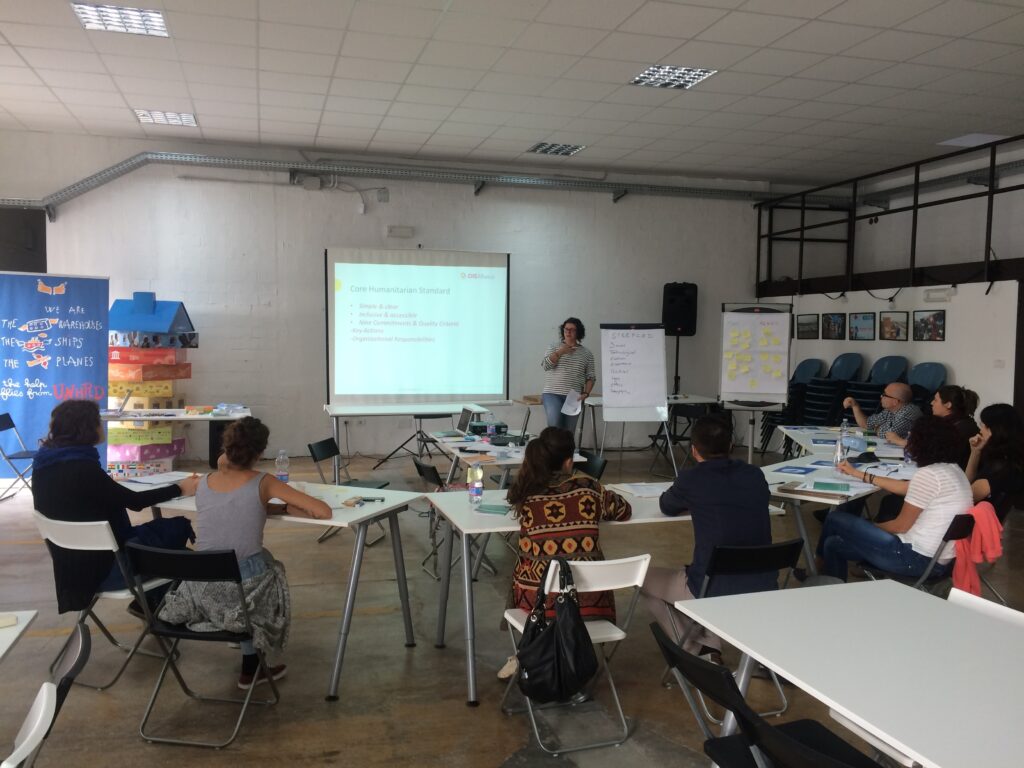Susana Ferreira | Doctor in International Security and International Relations, Security Studies and Strategy
We are currently witnessing the largest and most pressing escalation of human mobility since World War II. All around the world people are forced to leave their homes, fleeing conflicts (Syria, Iraq, Afghanistan, Ukraine, etc.), persecution (Southeast Asia and Sub-Saharan Africa), or just looking for better living conditions. The 21st century is already known as the “age of migration”, as large portions of the population in different geographical areas are on the move, either within their own territory or crossing international borders.
This has translated into a dramatic increase in the flow of refugees and other migrants seeking protection and refuge in the EU and other Western countries since 2013. Still, an insignificant number when compared to the number of refugees hosted by neighbouring countries, such as Turkey for example. During this time, we have all witnessed the international community’s incapacity to deal with those flows and the lack of political willingness from a group of States to cooperate and reach common answers and solutions.
But behind the political failure is a far more dramatic reality, the other face of this international migratory crisis, the humanitarian side: migrants’ human security and vulnerability. Displaced persons and refugees are a vulnerable social group and a possible victim of trafficking networks working in different regions. All reports from international agencies agree that migrants and refugees are the most vulnerable group, as well as women and children, who account for the highest percentage of trafficking victims (UNODC, 2016).
The continuing restrictions of legal immigration channels and the adoption of increasingly restrictive border control measures have led to the search for alternative routes, mostly illegal, by migrants and the consequent emergence of a market of facilitation services. Migrants often seek those assistance services that help them cross the routes, entirely or in part, which may include transportation, lodging, or even support with fraudulent documentation.
Not only human trafficking but also smuggling threatens the security of the individual himself who may be subject to extortion along the journey, theft of documentation, money or other property, or even exposed to inhumane conditions, or even physical or psychological abuse, which may result in death. In this sense, I want to emphasise that both people smuggling and trafficking threaten the dignity of migrants and respect for their rights.
The management of irregular migrations – including refugees, IDPs (Internally Displaced People), and other migrants – are one of the main challenges of our times. Therefore, first and foremost, the international community, in line with the existing international laws and commitments, must ensure the protection of all migrants, particularly vulnerable groups, such as children and women. This means, ensuring a humane and proper treatment. Furthermore, there is an urgent need to improve legal migration channels, and the adoption of long-term management strategies. Thus, I think the moment has come to rethink approaches and policies to address those challenges.
References: UNODC (2016). Global Report on Trafficking In Person 2016.
Photo Source: globalriskinsights.com



